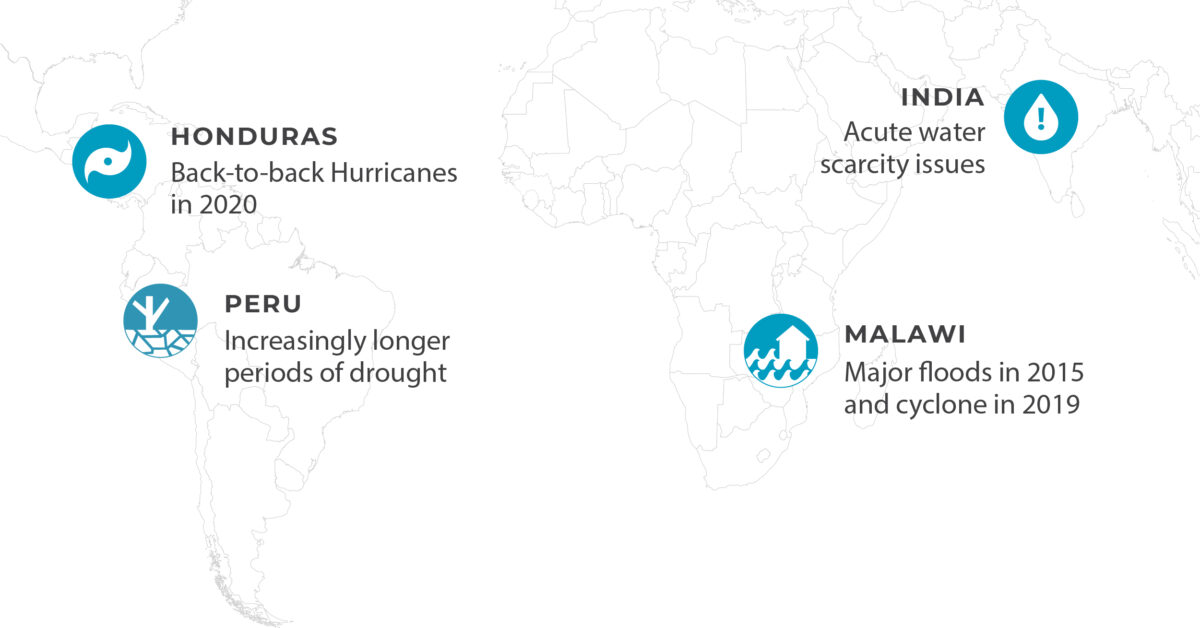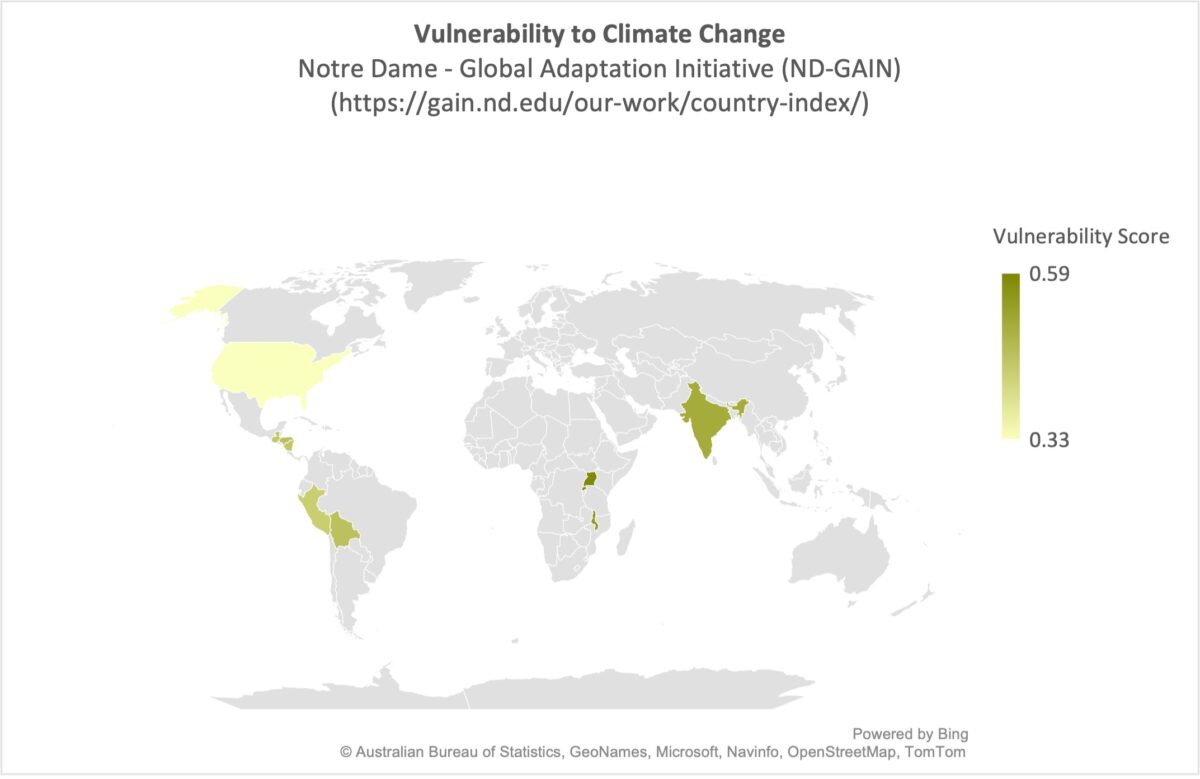By Kelly Latham, Senior Global Advisor for Climate and Water Resources
No matter where you live in the world, you can see the impacts of climate change. Where I live in Denver, I think about wildfires and their increasing frequency, how close they get. No one is immune from threats like this, though the types may be different.
The goals around climate action are always the same: making sure communities are resilient to known threats. Some people are in a position to prevent the increase in threats by reducing emissions, and we are all are in a position to adapt and build community resilience. It’s the actions from all the different people in the world—economic systems and public service all collectively building resilience so that communities and people survive climate change.

We know there isn’t a community in the world that can survive without water—food, agriculture, drinking water and the industries that support economies. If we have no access to water, we can’t survive as humans. Resilient access to water in communities around the world is a necessity so that everyone has a chance of surviving.
In the countries where we work, we are increasingly seeing very specific threats to the work we’re doing in water and sanitation. Malawi and Honduras are facing cyclones, hurricanes, major floods. Peru and India, extreme drought. One of the most devastating set of events was in Honduras right at the beginning of the pandemic in 2020. One of the municipalities we work within was hit by two back-to-back hurricanes that completely devastated entire communities and water service. This is the new reality and we have to build infrastructure to accommodate it.

But from the climate justice angle, we need to understand who is contributing the most emissions globally and who is not because that’s where equity comes in. The US is one of the world leaders in emitting and contributing to climate change. It’s the absolute opposite when you look at the vulnerable countries. Contributions are negligible but vulnerability is highest. That’s what we are trying to help shift.

Ideally we would have a flow of finance that goes into climate related needs that would help combat climate injustice. The reality is that when we look at the analysis, the amount of money that goes to adapting to climate change, the part that’s just dealing with water-related threats is very, very small—only 3%. And then a small portion of that goes to rural, dispersed areas. Instead, most all of the money goes to climate mitigation, reducing and removing green house gas emissions in the energy and transportation sectors.
One of the things we’re trying to do as an organization is influence how money flows so that we balance that injustice. We want to make sure that flow of money gets to the people that are the most vulnerable and contribute the least.
As we’re making the most of every drop of water—and the trickles of money that makes it to climate adaptation, we’re doing our best to focus on climate resilience, to understand specific risks in specific contexts so that water and sanitation service is resilient to all those threats. We want to make sure communities can thrive in the face of a force like climate change that they can’t control.
To learn more about the risks and actions we are taking in each of the countries where we work check out our working paper with IRC.
